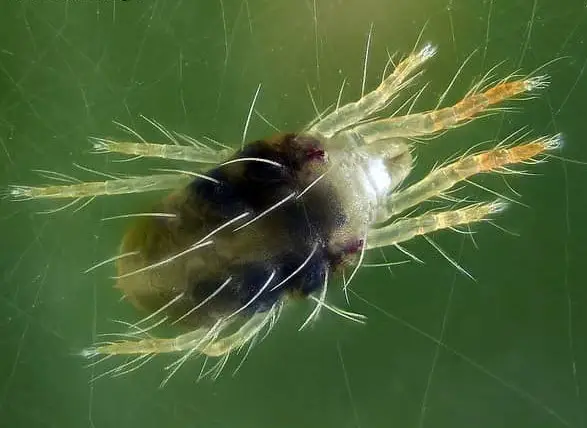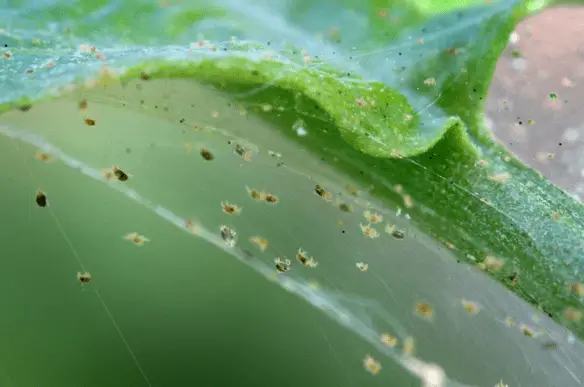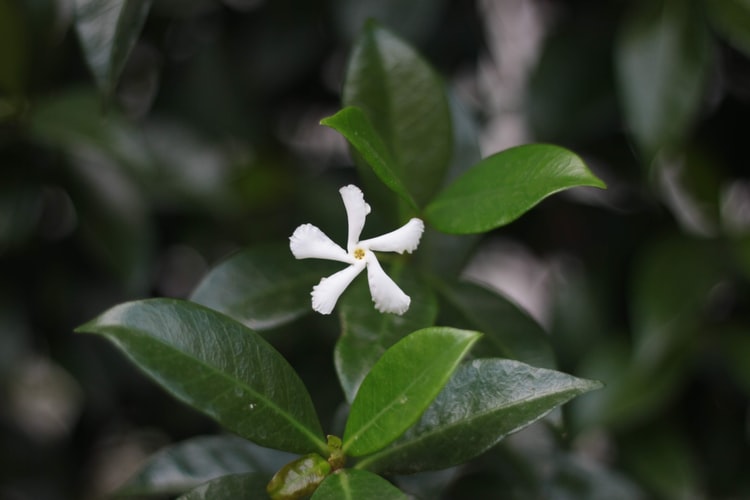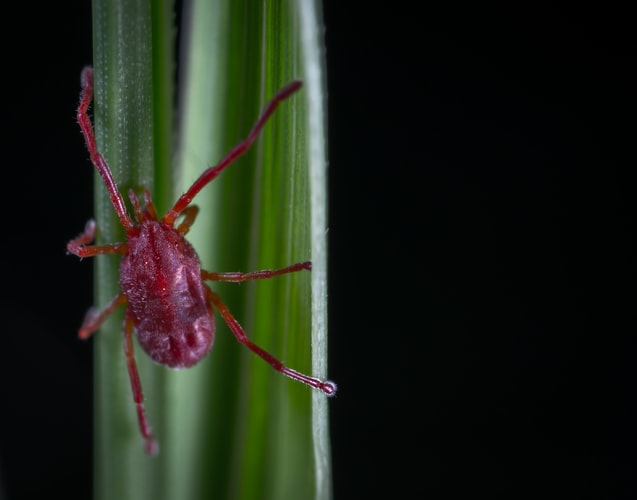Hibiscus plants are a popular choice for gardeners and plant enthusiasts alike, prized for their large, colorful flowers and lush green foliage. However, it can be concerning when you notice your hibiscus plant leaves turning yellow.
While this may be a sign of a serious problem, it can also be caused by more benign issues. In this article, we’ll explore the common causes of hibiscus plant leaves turning yellow and offer solutions to keep your plant healthy.
The most common cause of yellow hibiscus leaves is Overwatering
One of the most common causes of yellowing hibiscus plant leaves is overwatering. Hibiscus plants require well-draining soil, and excessive watering can lead to root rot and other problems.
If you notice that the soil around your hibiscus plant is consistently wet or the plant is sitting in standing water, it’s time to cut back on watering. Allow the soil to dry out slightly between waterings and make sure the pot or container has drainage holes.
Read more: Can too Much Water Kill your Plant?
Nutrient Deficiency can also be a cause
Yellowing leaves can also be a sign of nutrient deficiency, particularly nitrogen. Nitrogen is an essential nutrient for plant growth, and a lack of it can cause the leaves to turn yellow and drop off. To remedy this, you can fertilize your hibiscus plant with a balanced fertilizer that contains nitrogen, phosphorus, and potassium.
Be sure to follow the instructions on the fertilizer packaging to avoid overfertilizing, which can cause additional problems.
Read more: How to Grow Hibiscus in Water Without Soil – Hydroponic Method
Pests
Pests such as spider mites, aphids, and whiteflies can also cause hibiscus plant leaves to turn yellow. These pests feed on the plant’s sap, which can lead to the yellowing of the leaves and other symptoms.
If you suspect pests are the problem, examine the plant carefully for signs of infestation, such as webbing or small insects. You can treat pests with insecticidal soap or a horticultural oil spray, following the instructions on the packaging.
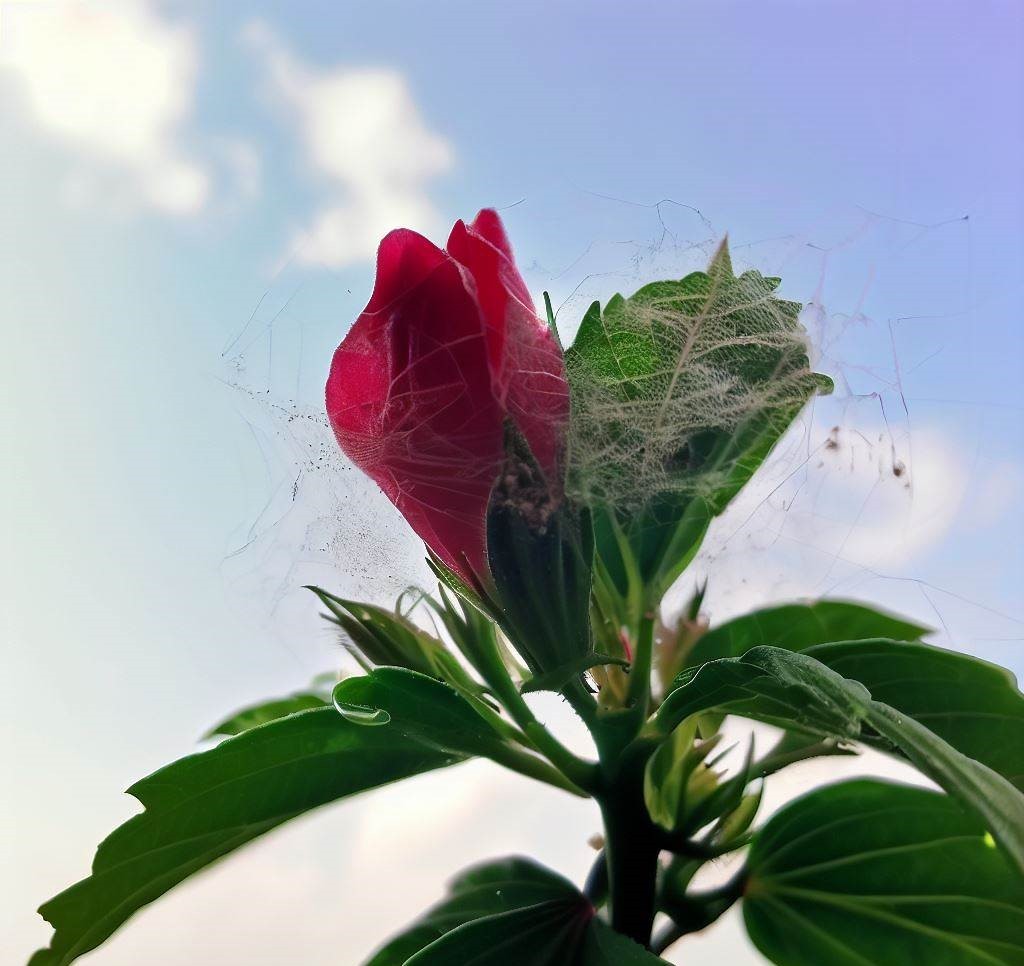
Environmental Stress
Environmental stressors such as high temperatures, low humidity, and strong winds can also cause hibiscus plant leaves to turn yellow.
If you live in an area with extreme weather conditions, make sure your hibiscus plant is well protected. if you live in a dry-weather area, you can try misting the plant with water or use a humidifier to increase humidity levels.
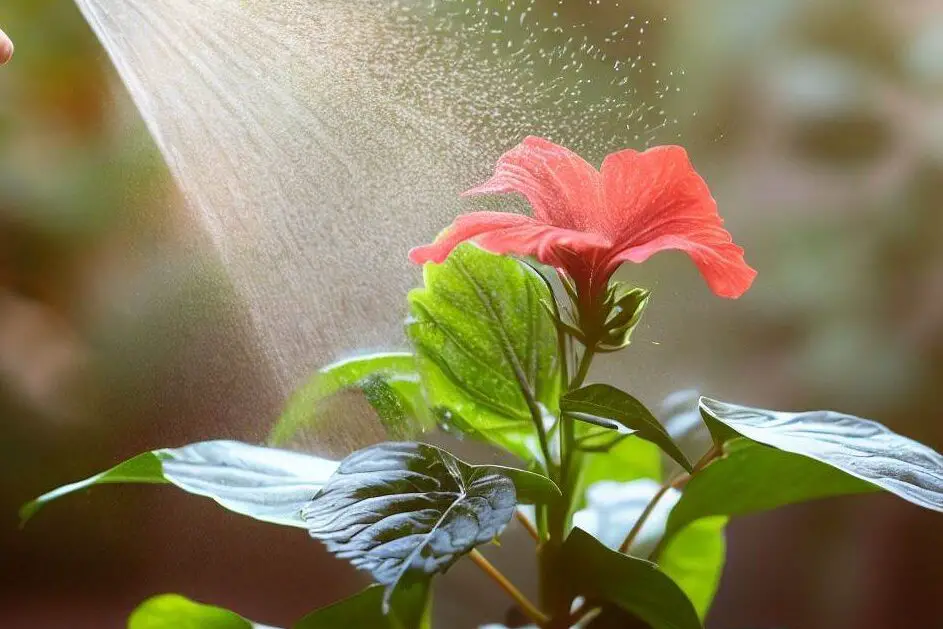
Read more: Why Are Hibiscus Flower Buds Dropping- Reasons & Treatment
Diseases are another popular factor that leads the hibiscus leaves turn yellow
In some cases, yellowing leaves can be a sign of disease, such as fungal infections or viruses.
If you suspect the disease is the problem, it’s best to consult a plant expert or horticulturist for advice on treatment options.
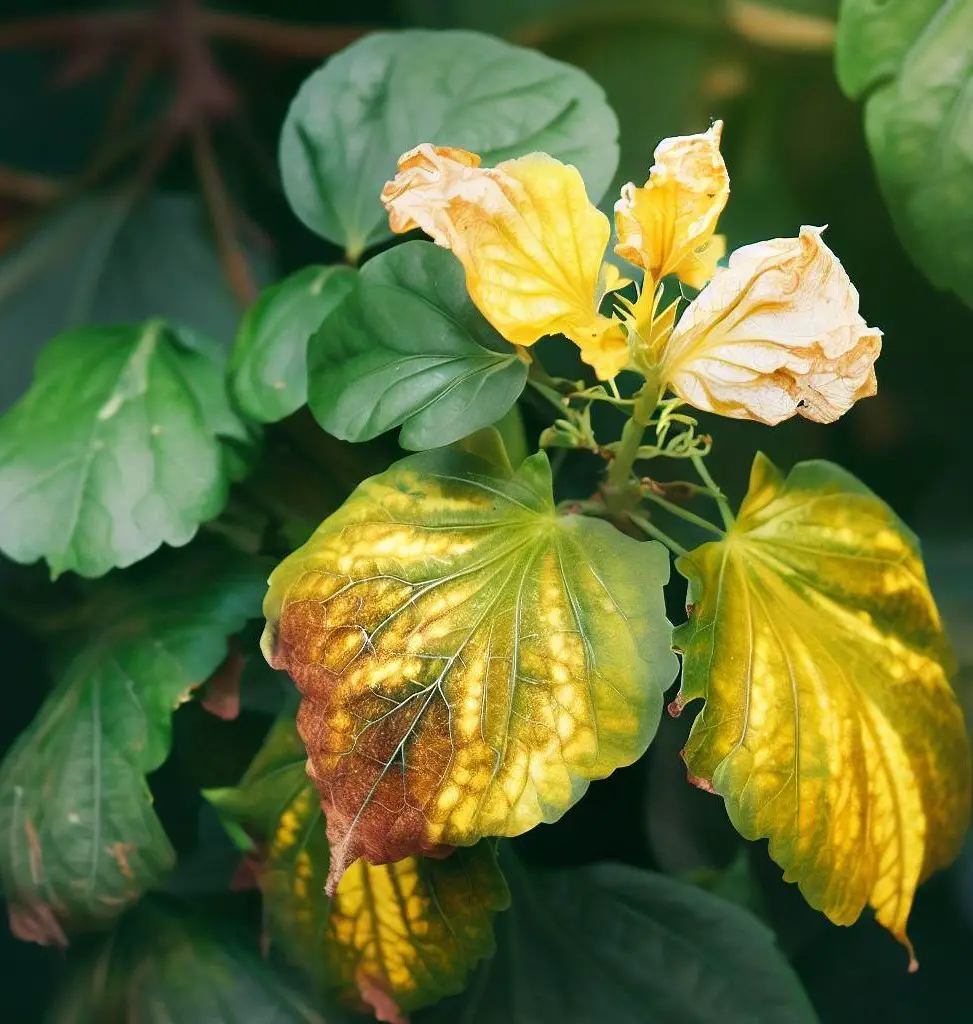
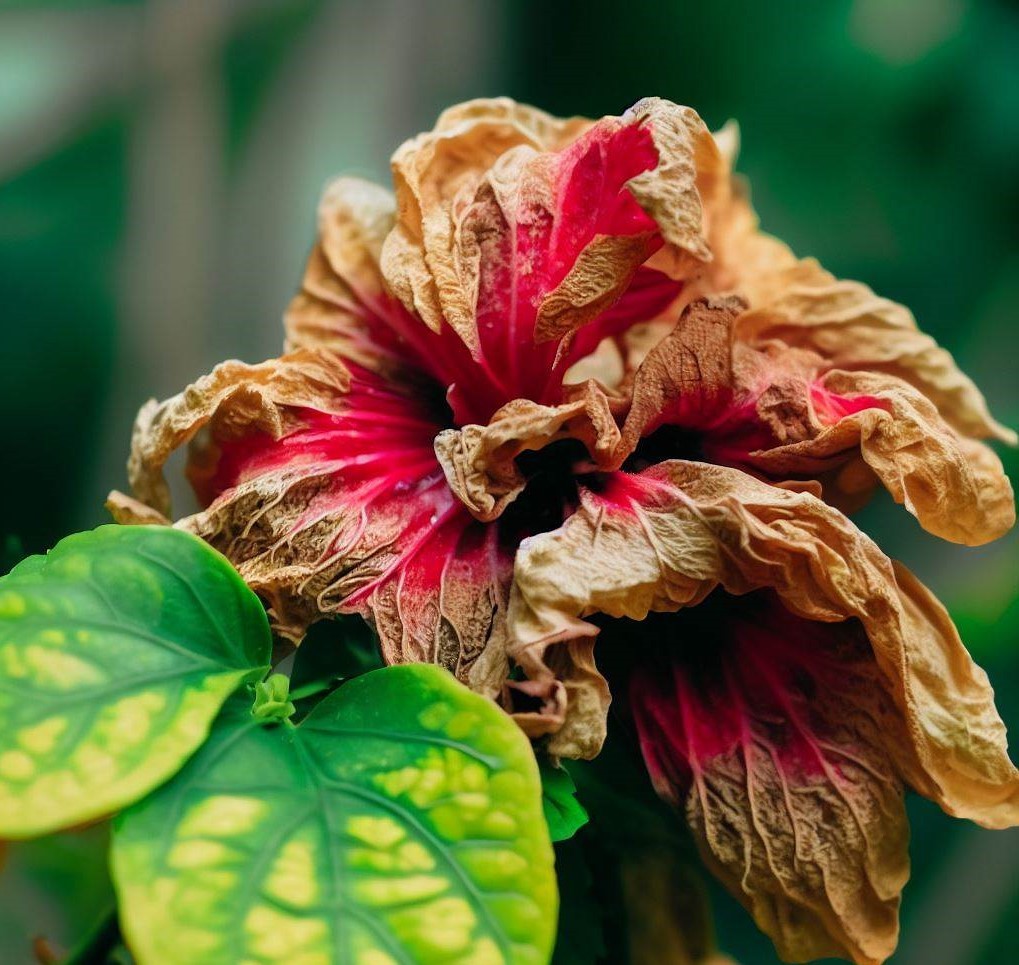
Conclusion
In conclusion, yellowing hibiscus plant leaves can be caused by a variety of factors, including overwatering, nutrient deficiency, pests, environmental stress, and disease. By identifying the underlying cause and taking appropriate action, you can keep your hibiscus plant healthy and thriving.
Remember to use well-draining soil, fertilize appropriately, protect the plant from pests and environmental stressors, and seek professional advice if necessary.
Please join our weekly free newsletter and follow us on:

